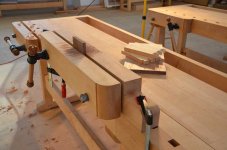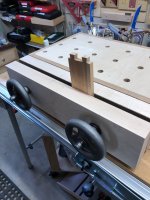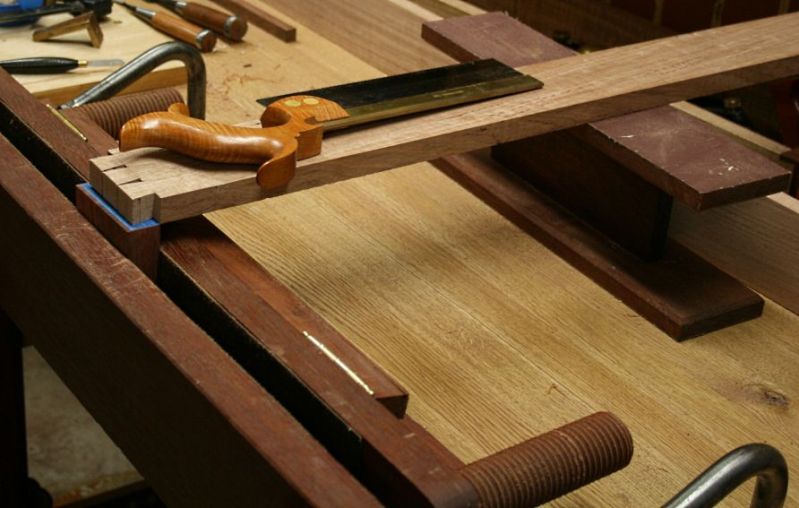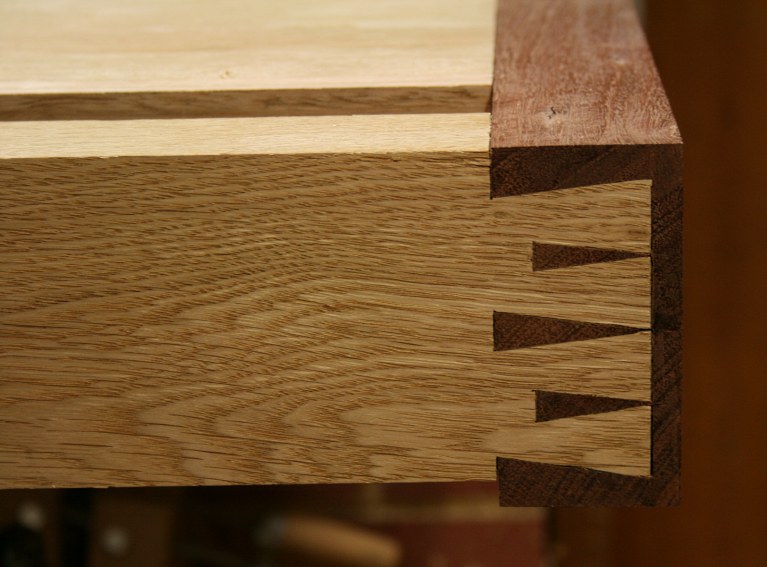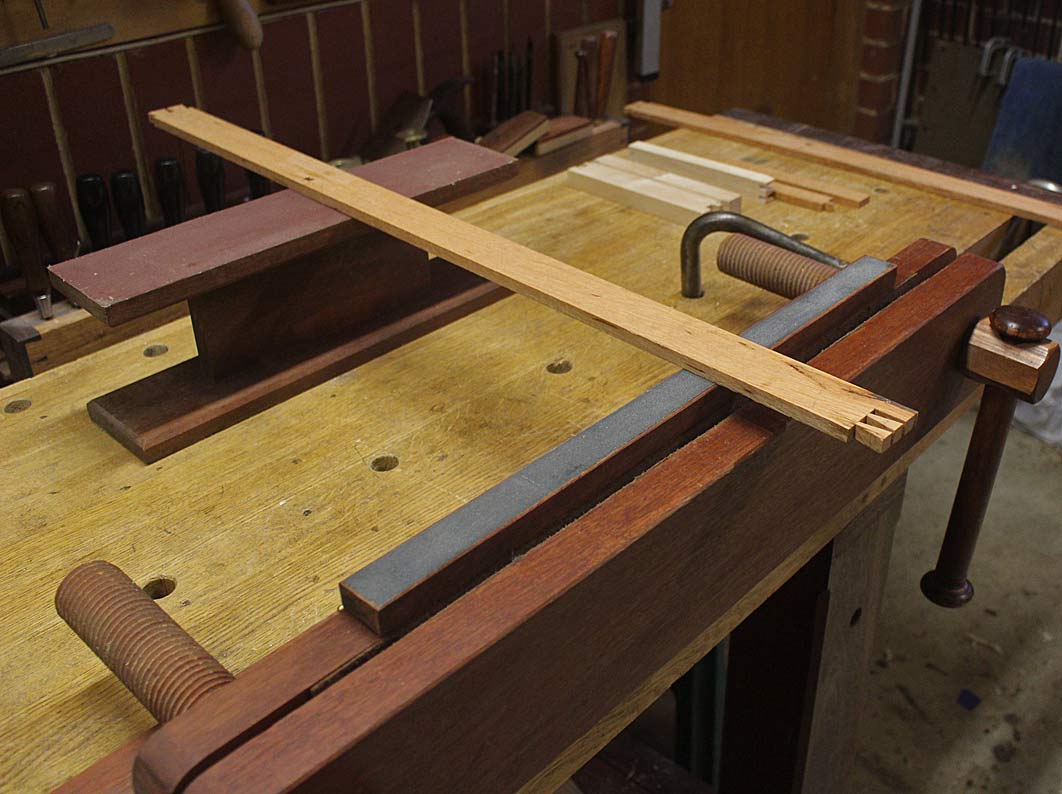Birdhunter
Member
- Joined
- Jun 16, 2012
- Messages
- 4,158
I built a Moxon vise per the Benchcrafted plans with the front jaw shorter than the back jaw. Everytime I looked at the vise, the weirdness of the back jaw longer than the front jaws bothered me.
I built a new front jaw the same length as the back and it looks so much more rational to me.
The new front jaw opens up the outer sides of the vise for use.
I plan to add the “grabber” material to the front jaw. The original plans has the “grubbed” only on the back jaw.
I built a new front jaw the same length as the back and it looks so much more rational to me.
The new front jaw opens up the outer sides of the vise for use.
I plan to add the “grabber” material to the front jaw. The original plans has the “grubbed” only on the back jaw.

